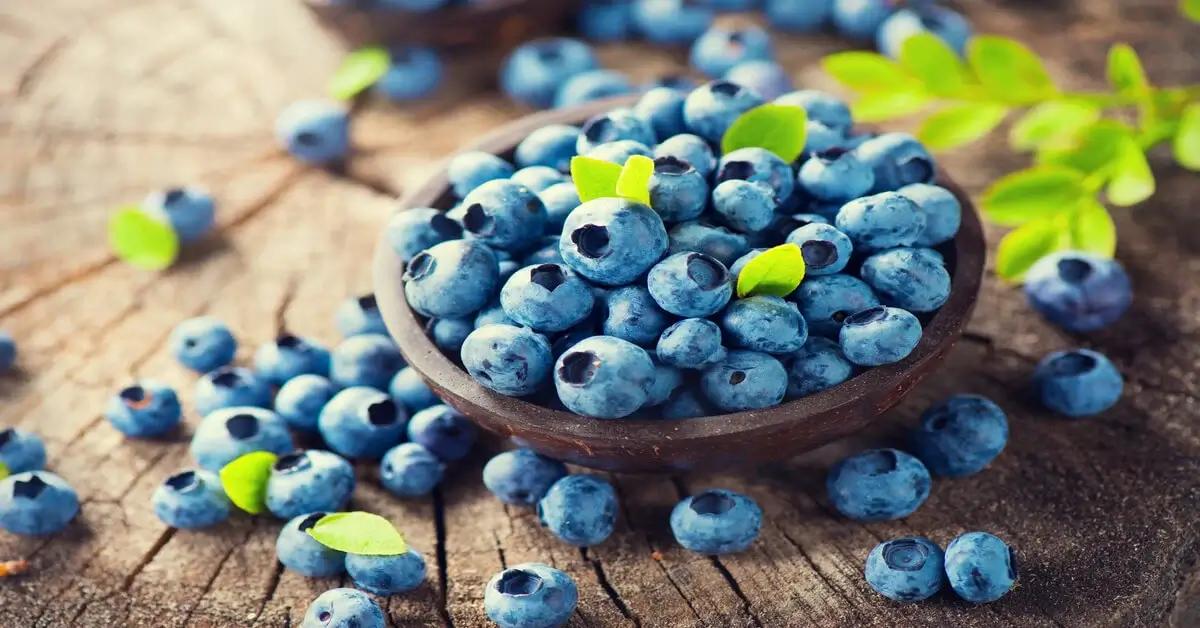When it comes to berries, we often think of the popular ones like blueberries and raspberries. However, there’s another berry that deserves our attention – the Juneberry. Also known as Serviceberry, Saskatoon, or Amelanchier, the Juneberry is a versatile and delicious fruit you might have yet to hear of.
Juneberry: A Native North American Berry

Juneberry, scientifically known as Amelanchier alnifolia, is native to North America. It thrives in the northern prairie region of Canada. It can tolerate various soil pH conditions, from coarse sand to silty clay. However, it doesn’t handle soggy ground or standing water. The Juneberry shrub is easy to grow and can be a productive berry plant, yielding several pounds of berries annually.
Blueberry: A Well-Known Berry Cultivar

On the other hand, the blueberry, known scientifically as the highbush blueberry, is a well-known berry cultivar. Blueberries prefer acidic soil and require more specific soil pH conditions than Juneberries. Blueberries are easy to grow but may require more care and attention, especially regarding soil and moisture conditions.
Comparing the Taste and Uses of Blueberries and Juneberries
Both blueberries and Juneberries can be eaten fresh or used in various recipes. Juneberries have a milder taste than blueberries, with a flavor profile that mixes apple, almond, and cherry. They make a nice addition to pies, jams, and muffins. A Juneberry jam recipe can be a delightful alternative to the usual blueberry jam.
Blueberries, like Juneberries, are versatile and can be used in various dishes. However, they have a distinct sweet, tangy flavor that’s hard to replicate.
Nutritional Comparison: Blueberry vs Juneberry
When it comes to nutritional content, both berries pack a punch. Juneberries contain almost twice as much iron and vitamin C as blueberries. They also have a lower moisture content, which means they have higher amounts of carbohydrates and lipids. Furthermore, Juneberries are rich in anthocyanin, a dark purple pigment with antioxidant properties.
Blueberries, while lower in iron, are high in potassium and contain anthocyanin. They are known for their high antioxidant content, which can contribute to overall health and wellness.
Growing Blueberries and Juneberries
As a grower, whether you call them serviceberries, saskatoon berries, or Juneberries, these plants are a great addition to any garden. They need about three years after planting to start producing and require about 4 feet between bushes.
They can tolerate a dry climate with low-fertility soils and are resistant to most pests. However, they can be susceptible to powdery mildew and fungal diseases on young plants.
Blueberries, on the other hand, require well-drained soil with a pH between 4.5 and 5.5. They need full sun and regular watering. They can be susceptible to various pests and diseases, so careful monitoring is necessary.
Conclusion
Ultimately, the choice between blueberries and Juneberries comes from personal preference and growing conditions. Both are delicious, nutritious and can add value to any garden. So why give Juneberries a try? You might find your new favorite berry.

